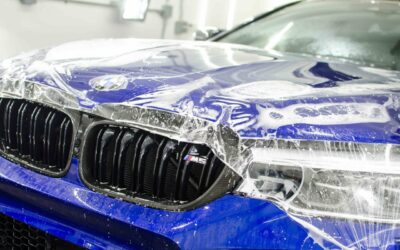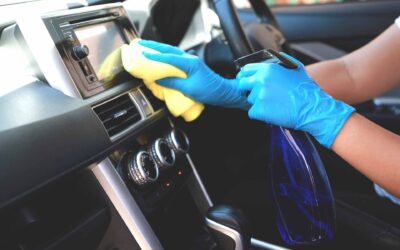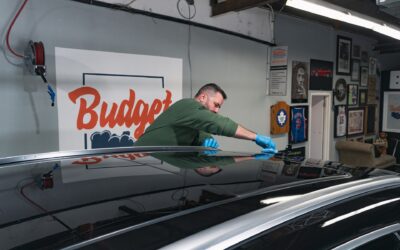When polishing your vehicle, there are essentially only two ways to do this; machine polishing or by hand. Most at home car enthusiasts will polish their vehicles by hand using a paste or spray on wax or polish, while machine polishing is viewed widely as something that is conducted mostly by professionals in the automotive detailing industry.
There are various advantages and disadvantages for both techniques and a number of things you should know before undertaking either. Keep in mind that hand polishing is appropriate, while machine polishing is needed most of time and at other times there should be no polishing done at all.
Hand Polishing
This is the process when the paintwork is polished by only using the moment and power of hands. This process is fairly straight forward and done by simply an apply and wipe off process. In addition to being straight forward, hand polishing is also much more safer, and reduces the risk of possibly burning the cars paint – this happens when polishing is done by machine at very high speeds.
Hand polishing works best for car paints that are not heavily damaged by sun, snow and other exterior elements, yet it can offer the vehicle a fine shine, some protection and it surely will enhance the vehicles look and finish.
Machine Polishing
For neglected paints that have taken their abuse over time, hand polishing will not be much of help to eliminate the imperfections. Machine polishing uses the strength, speed and movement to thoroughly work the product into the cars paintwork. Most automotive detailing shops use some form of a rotary traditional polisher.
 The head of these rotary polishers rotates at a constant speed and in the process eliminates small amounts of clear coat on the cars paint. This allows the machine to cut through the scuffs and imperfections that are present on the clear coat of the car.
The head of these rotary polishers rotates at a constant speed and in the process eliminates small amounts of clear coat on the cars paint. This allows the machine to cut through the scuffs and imperfections that are present on the clear coat of the car.
As mentioned above, one downside of using a rotary machine polisher is that if not used properly and at the right speed, it can inflict serious damage on the cars paint with effects such as buffer trails, holograms, and even burning through the surface of the paint.
Hand Polishing Works Best:
- Small areas
- Door handles
- Badges and trim
- Areas that machine polishers cannot fit
- Sensitive Paint
- Antique Vehicles
- Single stage polishing
- Light contaminants
- VERY fine etching
- Fine wash marks
Machine Polishing Works Best:
- Large surface areas
- Car is swirled and scratched
- Dark paint jobs always show the most swirls
- Damaged paint by swirled, contaminated, and generally dull
For all your buffing and polishing questions or inquiries, please call us at 905-633-8880 or you visit our auto detailing blog or pricing page for more information on the various polishing options and how it can improve your vehicles look.






